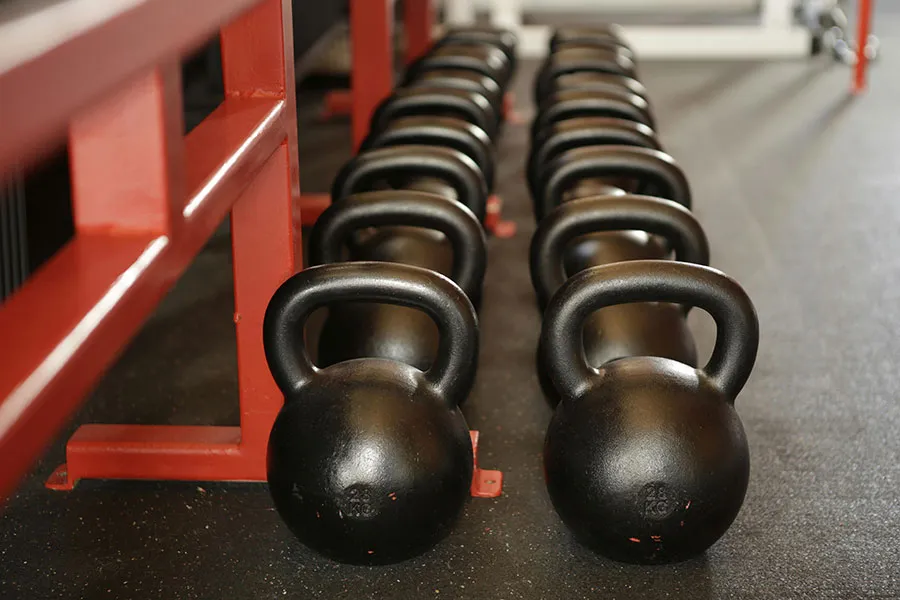We all know that runners should be doing some strength training to complement their running training since it can improve running performance and reduce injury risk.
However, there’s one glaring mistake that many runners tend to make…
And that is that their strength training isn’t heavy enough.
When most runners “strength train,” they opt for light weights, high repetitions, and circuit-style training.
While this approach might seem like a good way to build endurance and avoid bulking up, it’s actually robbing them of the true benefits of strength training.
The problem lies in the misunderstanding of how strength training complements running. Many runners fear that heavy lifting will lead to muscle bulk, slow them down, or increase the risk of injury. As a result, they stick to light weights and high reps, inadvertently turning their strength training sessions into more endurance training.
But here’s the truth: strength training should be about building strength, not endurance (hence why it’s called strength training!).
When runners focus solely on low-weight, high-rep movements, they miss out on the opportunity to develop maximal strength, power, and muscle recruitment—all of which are essential for running efficiency and injury resilience.
So, what’s the solution? Runners need to embrace heavier weights and lower repetitions to truly reap the benefits of strength training. A well-designed strength program should prioritize compound movements that target multiple muscle groups simultaneously, along with single-leg exercises to address asymmetries and improve balance.
Here’s a sample strength training program tailored specifically for runners:
Frequency: Perform strength training workouts twice a week, with at least 48 hours of rest between sessions to allow for adequate recovery.
Intensity: Aim for a weight that allows you to complete 3-8 repetitions with good form, while still challenging your muscles. Increase the weight gradually as you become stronger.
Volume: Perform 3 sets of each exercise, resting adequately between sets to fully recover and maintain intensity.
Exercise Selection: Include a mix of compound and single-leg exercises to target all major muscle groups involved in running.
By focusing on heavier weights and lower repetitions, runners can build strength, power, and resilience without compromising their performance on the road. Incorporating strength training into your routine in this manner will not only enhance your running abilities but also reduce the risk of injuries associated with overuse and muscle imbalances.
Remember, strength training isn’t about bulking up or slowing down—it’s about becoming a stronger, more efficient runner. So, next time you hit the gym, don’t shy away from the heavyweights. Embrace the challenge, and watch your running performance soar.
If you’re dealing with an injury that’s affecting your running, or need help developing a strength training program to complement your running, enter your info below to request a no-obligation consultation call!



